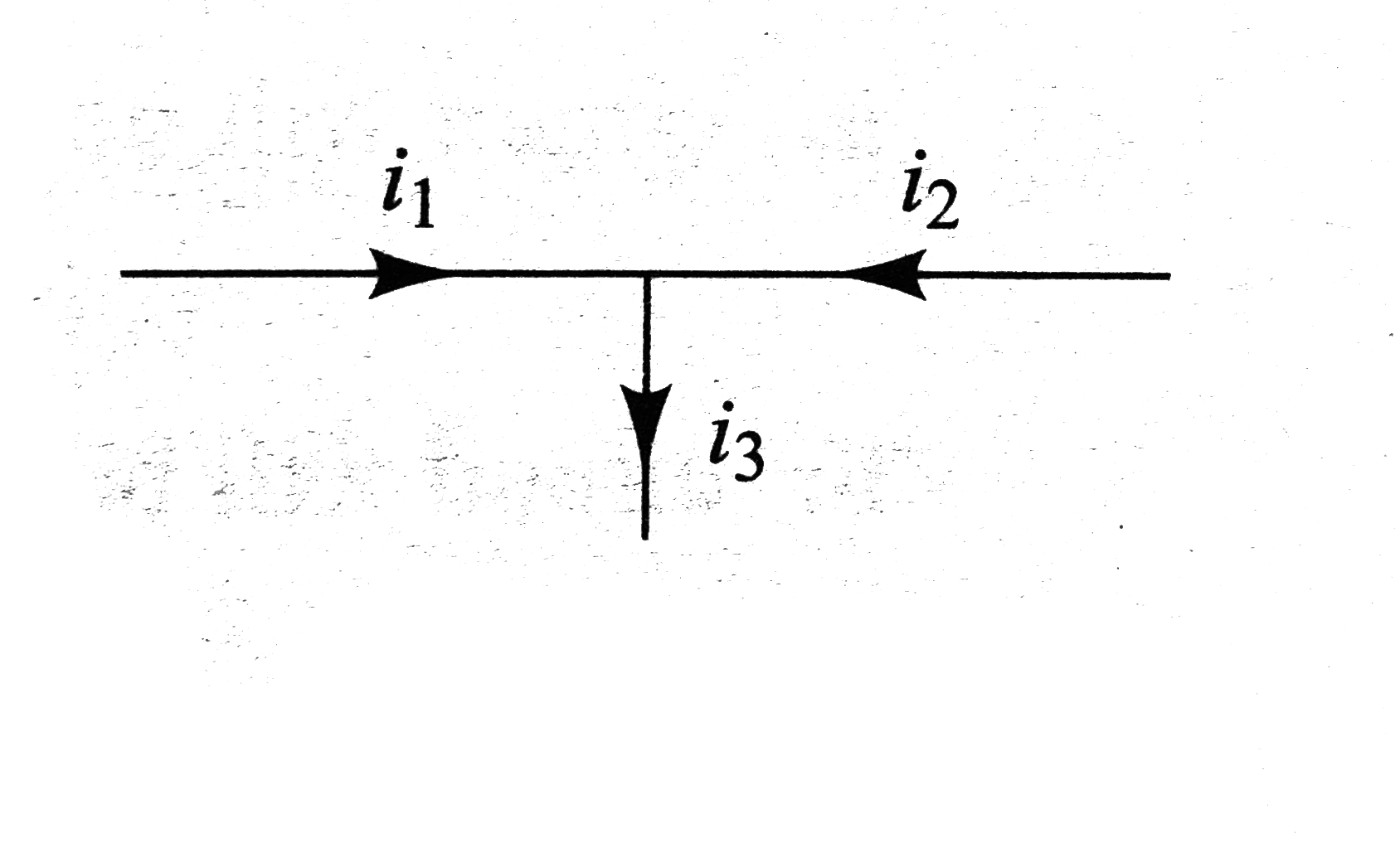x1=5sinωt
x2=5sin(ωt+53∘)
x3=−10cosωt
Find amplitude of resultant SHM.
To find the amplitude of the resultant simple harmonic motion (SHM) given the equations x1=5sin(ωt), x2=5sin(ωt+53∘), and x3=−10cos(ωt), we will follow these steps:
Step 1: Convert all equations to sine form
We can express x3 in terms of sine to make it easier to combine the equations. We know that:
cos(θ)=sin(θ+90∘)
Thus, we can rewrite x3:
x3=−10cos(ωt)=−10sin(ωt+90∘)
Step 2: Write down the equations
Now we have:
1. x1=5sin(ωt)
2. x2=5sin(ωt+53∘)
3. x3=−10sin(ωt+90∘)
Step 3: Resolve x2 into components
We can resolve x2 into its components using the sine addition formula:
x2=5(sin(ωt)cos(53∘)+cos(ωt)sin(53∘))
Using cos(53∘)≈0.6 and sin(53∘)≈0.8:
x2=5(sin(ωt)⋅0.6+cos(ωt)⋅0.8)
Step 4: Combine all components
Now we can combine all the components:
- The coefficient of sin(ωt):
Asin=5+5⋅0.6=5+3=8
- The coefficient of cos(ωt):
Acos=5⋅0.8−10=4−10=−6
Step 5: Calculate the resultant amplitude
The resultant amplitude A can be calculated using the Pythagorean theorem since the sine and cosine components are perpendicular:
A=√(Asin)2+(Acos)2=√(8)2+(−6)2
Calculating this gives:
A=√64+36=√100=10
Final Answer
The amplitude of the resultant SHM is 10.
We can express x3 in terms of sine to make it easier to combine the equations. We know that:
cos(θ)=sin(θ+90∘)
Thus, we can rewrite x3:
x3=−10cos(ωt)=−10sin(ωt+90∘)
Now we have:
1. x1=5sin(ωt)
2. x2=5sin(ωt+53∘)
3. x3=−10sin(ωt+90∘)
We can resolve x2 into its components using the sine addition formula:
x2=5(sin(ωt)cos(53∘)+cos(ωt)sin(53∘))
Using cos(53∘)≈0.6 and sin(53∘)≈0.8:
x2=5(sin(ωt)⋅0.6+cos(ωt)⋅0.8)
Now we can combine all the components:
- The coefficient of sin(ωt):
Asin=5+5⋅0.6=5+3=8
- The coefficient of cos(ωt):
Acos=5⋅0.8−10=4−10=−6
The resultant amplitude A can be calculated using the Pythagorean theorem since the sine and cosine components are perpendicular:
A=√(Asin)2+(Acos)2=√(8)2+(−6)2
Calculating this gives:
A=√64+36=√100=10
The amplitude of the resultant SHM is 10.
Topper's Solved these Questions
- SIMPLE HARMONIC MOTION Book:RESONANCE ENGLISHChapter:SIMPLE HARMONIC MOTION Exercise:Board Level Exercise
Explore 24 Videos
- SIMPLE HARMONIC MOTION Book:RESONANCE ENGLISHChapter:SIMPLE HARMONIC MOTION Exercise:Exercise- 1, PART - I
Explore 25 Videos
- SIMPLE HARMONIC MOTION Book:RESONANCE ENGLISHChapter:SIMPLE HARMONIC MOTION Exercise:Advanced Level Problems
Explore 13 Videos
- SEMICONDUCTORSBook:RESONANCE ENGLISHChapter:SEMICONDUCTORSExercise:Exercise 3
Explore 88 Videos
- TEST PAPERSBook:RESONANCE ENGLISHChapter:TEST PAPERSExercise:PHYSICS
Explore 784 Videos
Similar Questions
x1=5sin(ωt+30∘)
x2=10cos(ωt)
Find amplitude of resultant SHM.
View Solutionx1=3sinωt , x2=4cosωt. Find (i) amplitude of resultant SHM, (ii) equation of the resultant SHM.
View Solutionx1=3sinωt,x2=4cosωt
Find (i) amplitude of resultant SHM, (ii) equation of the resultant SHM.
View SolutionTwo simple harmonic motion are represrnted by the following equation y1=40sinωt and y2=10(sinωt+ccosωt). If their displacement amplitudes are equal, then the value of c (in appropriate units) is
View SolutionTwo simple harmonic motion are represrnted by the following equation y1=40sinωt and y2=10(sinωt+ccosωt). If their displacement amplitudes are equal, then the value of c (in appropriate units) is
View Solutionx1=3sinωt⇒x2=4cosωt. Find (i) amplitude of resultant SHm, (ii) equation of the resultant SHm.
View SolutionIf i1=3sinωtand(i2)=4cosωt, then (i3) is

View SolutionThe resultant amplitude due to superposition of three simple harmonic motions x1=3sinωt,
x2=5sin(ωt+37∘) and x3=−15cosωt is
View SolutionA particle is subjected to SHM as given by equations x1=A1sinωt and x2=A2sin(ωt+π/3).The maximum acceleration and amplitude of the resultant motion are it amax and A,respectively , then
View SolutionTwo SHM's are represented by y1=Asin(ωt+ϕ),y2=A2[sinωt+√3cosωt]. Find ratio of their amplitudes.
View Solution
